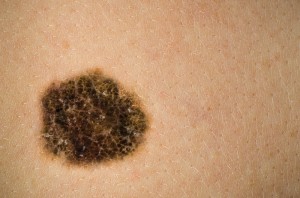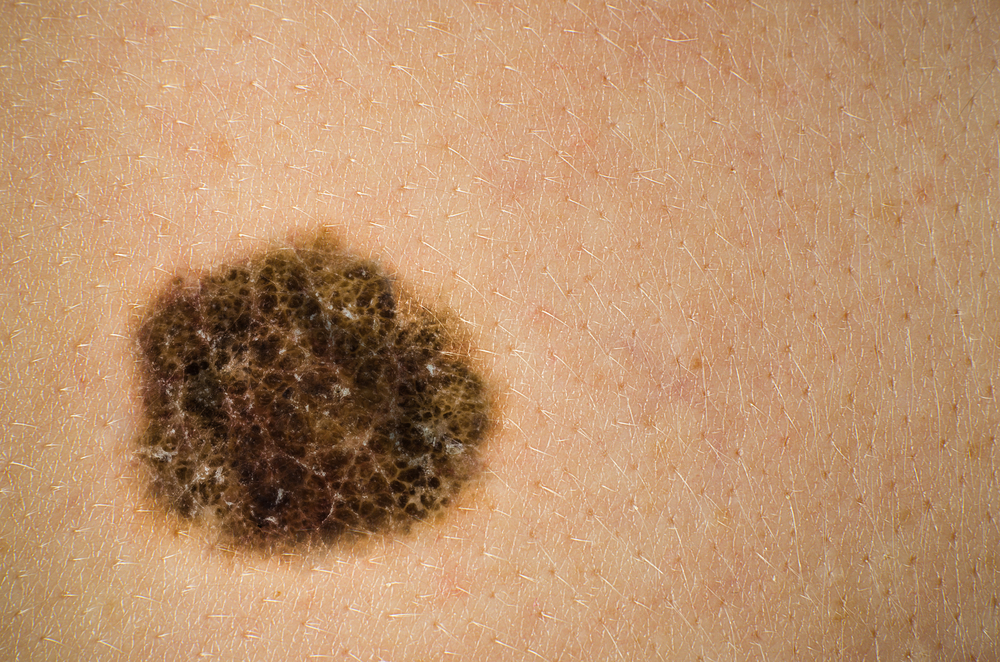 A team of researchers at Duke University in North Carolina, USA, have developed a gigapixel whole-body photographic camera capable of taking snapshots of the entire human body, enabling the caption of high-resolution images of a patient’s skin, and allowing doctors to preform an early diagnosis of skin cancer.
A team of researchers at Duke University in North Carolina, USA, have developed a gigapixel whole-body photographic camera capable of taking snapshots of the entire human body, enabling the caption of high-resolution images of a patient’s skin, and allowing doctors to preform an early diagnosis of skin cancer.
“The camera is designed to find lesions potentially indicating skin cancers on patients at an earlier stage than current skin examination techniques,” Dr. Daniel Marks, one of the co-authors on the study, said in an Optical Society press release. “Normally a dermatologist examines either a small region of the skin at high resolution or a large region at low resolution, but a gigapixel image doesn’t require a compromise between the two.”
Using whole-body photography to identify melanomas is not a novelty approach, however, it is usually limited by the resolution level of the instruments used, such as commercial cameras with a wide-angle lens.
For this reason, dermatologists turn to digital dermatoscopy to examine in detail suspected malignant lesions, an approach that can identify the colors and microstructures of possible lesions that are not visible to the human eye.
The gigapixel camera developed by this team incorporates a total of 34 microcameras into one structure. It has a similar construction to a telescope and its eyepieces, combining a very precise yet simple objective lens that is able to produce an image with certain irregularities, which are then corrected through the 34 microcameras. Both exposure time and focus for each of these microcameras can be fine-tuned independently and an independent examination can be done through a computer, to assess what areas need a special attention by a specialist.
Even though the resolution of this new camera is not as high as the most advanced dermatoscope, it is much higher than normal photography and allows a larger area of the body to be photographed, allowing it to be used in telemedicine and ultimately resulting in more people being routinely screened.
The next step will be to evaluate the camera in clinical trials, even though researchers claim they have sufficient preliminary data to show its efficiency.
The details of this study titled “Gigapixel Whole-Body Microphotography” will be presented at The Optical Society’s (OSA) 98th Annual Meeting, Frontiers in Optics, being held Oct. 19-23 in Tucson, Arizona, USA.


